Photography of the Future: 10 Wildest Camera Concepts
The world of photography could be wildly different if these camera concepts become real.
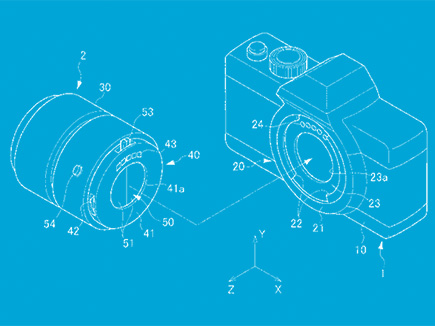
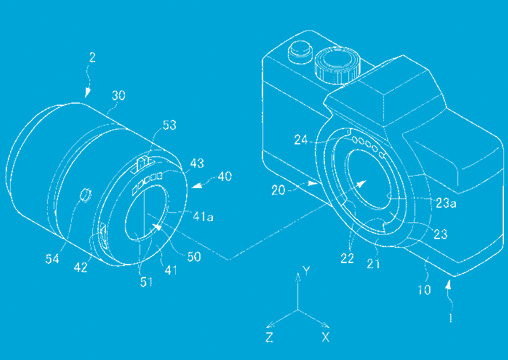
Camera makers have to be creative to set themselves apart from the competition. This often results in so-called innovations that are either gimmicky or just beyond the realm of practicality. In the sea of ideas, though, some are actually interesting and feasible enough to rise above the rest. Here are the 10 craziest patents and projects that promise great cameras to come.
1) Canon's 5-layer sensor for better skin tones
Why you can trust Tom's Guide
Japanese Patent Number 2014-103644
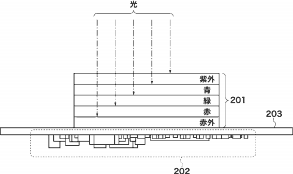
Have a zit the size of China on the night of your prom? If Canon's five-layer sensor becomes a reality, your photos will show no sign of the offending blemish. In addition to red, green and blue color layers, an infrared sensor finds the skin in the picture and a UV-sensing layer detects imperfections. Photos shot under UV light make blemishes such as freckles and discoloration more prominent. So, the proposed camera could compare sections of the image seen through the UV light layer and the infrared layer, and use this information to remove those blemishes from your visage.
MORE: Best DSLRs 2014
2) iPhone's Super-Resolution Photos
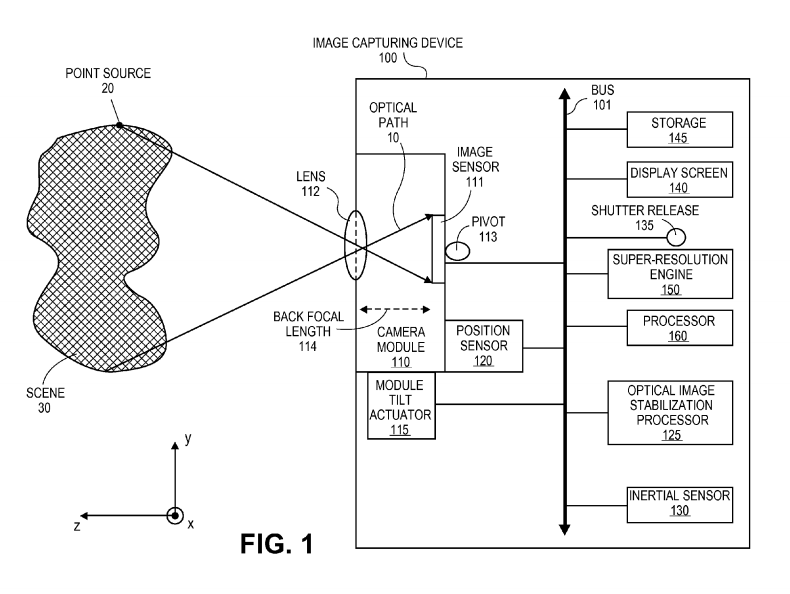
This technology didn't appear in the iPhone 6 or 6 Plus. But if Apple ever implements its "super resolution"patent, you could get sharper pictures than ever. Using optical image-stabilization technology (which did debut in the iPhone 6 Plus), the processor would stitch together several pictures taken of the same scene, slightly shifted each time, to collect more image data and make the overall image crisper.
3) Google's Contact-Lens Camera
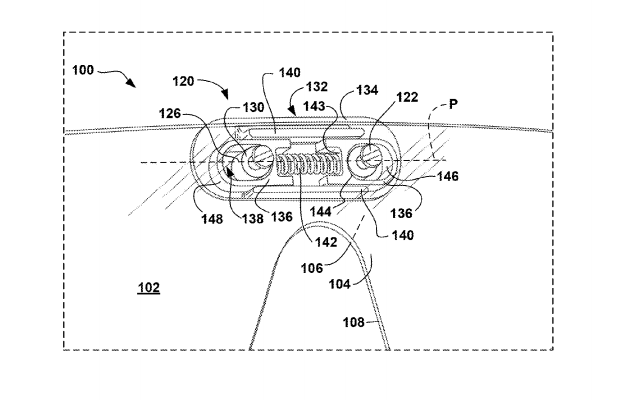
Google wants to help the visually impaired see by putting tiny cameras in their eyes, embedded in contact lenses. The cameras would scan what's in front of the wearer for obstacles and send audio alerts to a smartphone, alerting users when it's safe to cross the street, for example. These cameras would be far too low-resolution to gather detailed images, but if the technology improves, this could be one more device that surreptitiously snaps photos. Google has also mentioned the possibility of adding to the lenses sensors that track one's blood glucose level, sending an alert when those levels are too high. This could be helpful to those with diabetes.
4) Sony's Curved Sensor
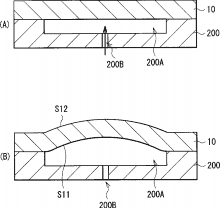
All the right curves in all the right places? That's what Sony seems to be going for with its curved sensor that fixes or reduces the color distortion seen in images taken using traditional sensors. Thanks to the curvature, the sensor could more accurately receive light information and thus show less vignetting (dimming) or aberration (color smears) in the corners of pictures. It may also show less graininess at high ISO light-sensitivity levels. The 2/3-inch sensor is rumored to be coupled with a 20mm f/1.2 lens for use in a smartphone. This isn't Sony's first curved sensor project, and other companies have worked on similar products. But Sony is reportedly the firstto have such a sensor ready for mass production.
5) Olympus' Reversible Lens Is Wide Angle and Macro in One
Japanese Patent Number 2014-85525
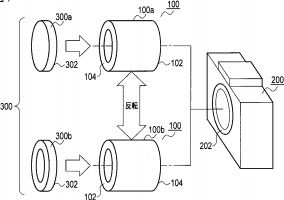
Why has no one thought of this before?If you take a wide-angle lens and turn it around, voila: You get a macro lens that captures close-up details of subjects, such as tiny insects. Olympus' patent also appears to include an attachment that allows either end of the lens to fit into the lens mount on the camera. Photographers will probably mostly use this two-in-one lens on its wide-angle side, but it's nice to have the option of a macro lens on hand.
MORE: How to Buy a Digital Camera
6) Canon's Multi-Lens on a Ring
Japanese Patent Number 2014-110442
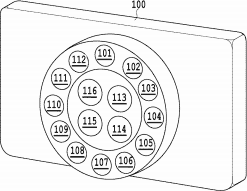
It can be really frustrating when you come across a beautiful landscape, only to realize you forgot to bring your wide-angle lens. Canon's multi-lens system puts a whole bunch of lens options into the body of a compact camera on a rotating ring. You turn the ring to use a different lens. From the patent, it appears each lens could offer a different angle of view or effect, such as HDR and noise reduction. Judging by the diagrams, the multi-lens ring could add extra bulk to a compact system. Even then, it would be convenient to have all that extra functionality bundled into one body.
7) Canon's 45 Zoom for Waterproof Camera
Japanese Patent Number 2014-109664
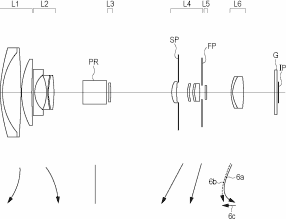
Imagine you're snorkeling in the beautiful blue waters of the Pacific Ocean and spot an elusive tropical fish swimming away into the depths. With Canon's possible rugged, waterproof camera and its 45x zoom, you could capture a picture of the faraway creature to prove to your friends that you saw it. The lens could have a focal range of about 26mm to 1,170mm and should remain compact thanks to a "bending optical system." Light would travel through a lens tube that bends one or more times, like water pipes in a house.Nine groups of lenses in the tube would each provide 5x magnification for the impressive overall range. Current waterproof cameras offer optical zooms ranging from 3x to 8x, so the 45x zoom would be way beyond the competition.
8) Liquid Lens for Autofocus
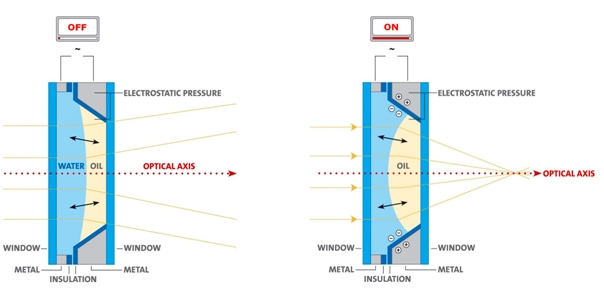
Forget glass lenses. Liquid lenses could offer super-fast autofocus. Two liquids that can't mix (oil and water) are contained in a sealed cell, and the oil changes shape when an electric current is applied. Light that passes through the two liquids is refracted to focus on the sensor. Compared to traditional focus systems, which need to move a series of lenses, the liquid lens can instantly change shape to focus on subjects. Since the liquid lens has no moving parts, it is also more durable.
MORE: Camera Wars: Why Autofocus Is the New Megapixel
9) Marblelike Smartphone Lens Rivaling a DSLR's
University of California, San Diego, project
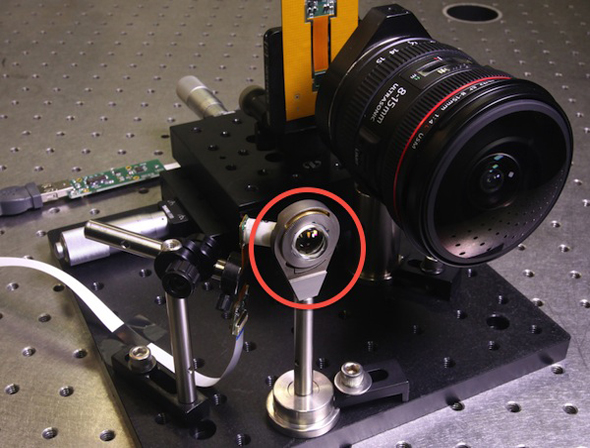
Smartphone cameras can never aspire to be DSLRs … or can they? A team of researchers at the University of California, San Diego, has developed a wide-angle lens in a tiny body that's a tenth the size of a comparable DSLR lens. The symmetry and shape of the camera's concentric, marble-shaped glass shells let the device capture high-res, wide-angle images that suffer from almost no distortion (unlike with fish-eye lenses). Since this shooter is small enough to fit in most smartphones and focus on subjects as far away as 1,650 feet, it could very well convince many photographers to ditch their DSLRs.
10) Olympus's Splash-Triggering Mode for Rugged Cameras
Japanese Patent Number 2014-132708

The next time you make a splash at the beach, Olympus cameras could be ready to capture the action. The patent details a special sensor (not the image sensor) that determines when you're in or around water, judges what a regular rate of water contact is, then shoots a photo when there's more water on the sensor than normal (i.e. a splash). While this might mean water droplets will cover all your splash-triggered pictures, it'd be handy to have another trigger mode for your camera without having to wait to push a button.
Staff writer Cherlynn Low wants a camera that will tell the future, like in that Twilight Zone episode. Follow her @cherlynnlow and on Google+. Follow Tom's Guide at @tomsguide, on Facebook and on Google+.
Sign up to get the BEST of Tom's Guide direct to your inbox.
Get instant access to breaking news, the hottest reviews, great deals and helpful tips.
Cherlynn is Deputy Editor, Reviews at Engadget and also leads the site's Google reporting. She graduated with a Master’s in Journalism from Columbia University before joining Tom's Guide and its sister site LaptopMag as a staff writer, where she covered wearables, cameras, laptops, computers and smartphones, among many other subjects.

